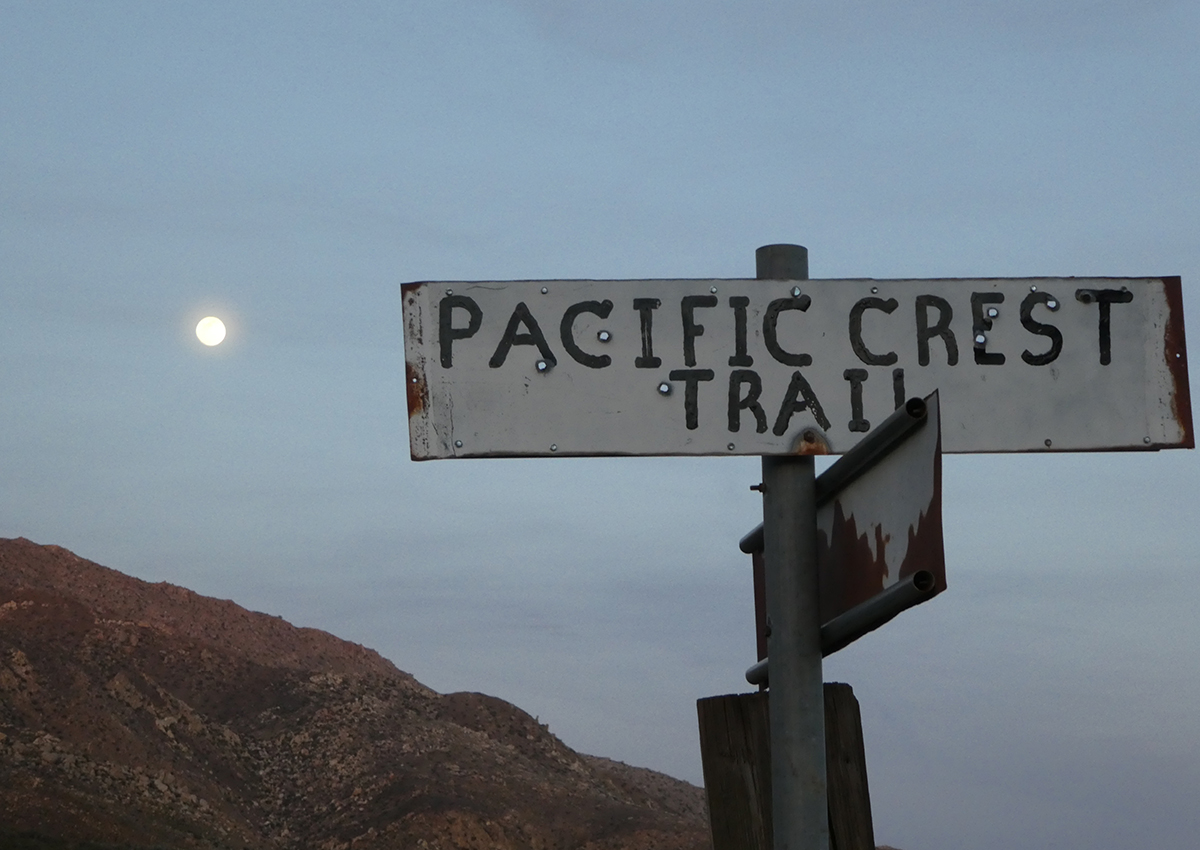We may earn revenue from the products available on this page and participate in affiliate programs. Learn More ›
The Pacific Crest Trail is a 2,653-mile trail that traverses the United States, from the Mexican border in California to the Canadian border in Washington State. It includes some of the most iconic landscapes of the western United States, including the Mojave desert, the High Sierra, Lake Tahoe and Crater Lake, and the North Cascades. Every year, backpackers, known as thru-hikers, attempt to hike the entirety of the trail in a single season.
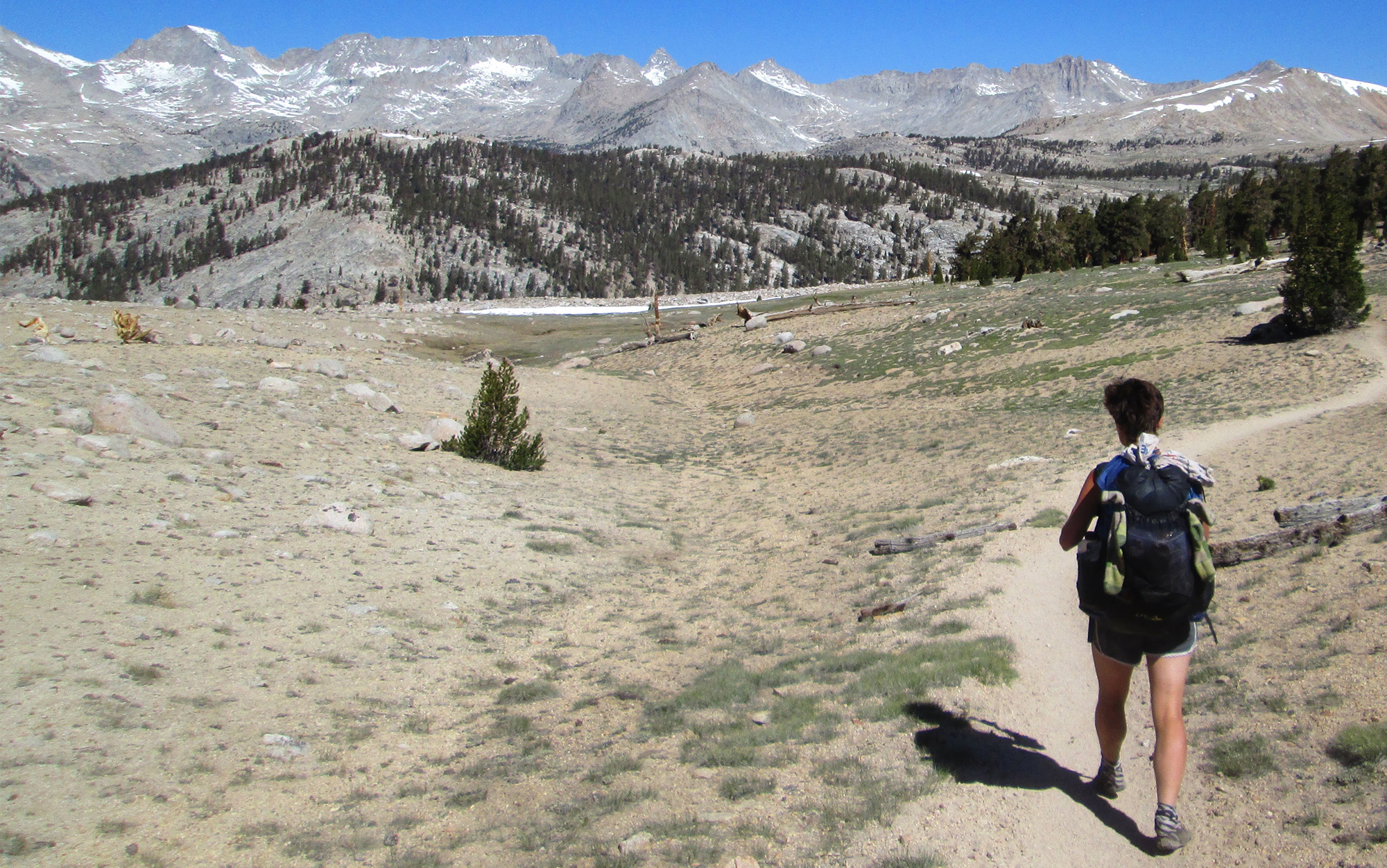
Perhaps you’re thinking of thru-hiking the Pacific Crest Trail yourself. Here’s what you need to know to make it happen.
Pacific Crest Trail Hike Timing
Most Pacific Crest Trail hikers take about five months to complete the trail, with the fastest hikers completing it in four months. Typically, hikers that take longer than five months are unable to complete the trail consecutively. The reason for this lies in the narrow window when the highest mountains along the trail are snow free. Hikers heading north from the Mexican border will have to wait until the snow is sufficiently melted to enter the High Sierra (typically June 1) and will need to reach the border before the early fall snows of the North Cascades begin to fall (typically mid to late September). Hikers heading south face the same situation in reverse, with snows typically clearing out in the North Cascades by early to mid July and making the High Sierras impassable by the start of November.
You can use Craig’s PCT Planner to get a feel for how your current pace would translate to a PCT thru-hike.
In recent years, consecutive thru-hikes have become more challenging due to the impacts of wildfire on the trail.
What about My Job?
For many people, hiking the Pacific Crest Trail can feel out of reach due to the practical considerations of life: mortgages, family needs, jobs. While there are many people who throw life’s considerations to the winds in order to hike the Pacific Crest Trail—quitting their job, selling their house, postponing having children to hike—others have found that less upheaval was needed then they initially envisioned. A surprising number of PCT hikers have employers who provided them with a leave of absence, or were able to find short-term sublets for their home. While there are people with children who hike the Pacific Crest Trail (sometimes those children are even hiking with them), this tends to be the exception: Most people on trail have either not had children yet, or have children who are fully grown.
Get Your Pacific Crest Trail Permit
While you won’t start hiking until April, your planning for the Pacific Crest Trail will begin much earlier. The most important date for you to know is November 14, which is when the first batch of permits become available on the PCTA Permit Page. If you are planning to hike into Canada from the United States, you will also need a separate permit from the Canadian government.
Training for the Pacific Crest Trail
Thru-hiking is open to people at a wide range of ages and physical fitness levels. The youngest thru-hiker to complete the trail was six years old; the oldest was over seventy. That’s in large part because the way thru-hiking challenges the physical body (and it will challenge it) involves a very long, slow gradual buildup that for some people can be more accommodating than the typical rigors of a marathon training schedule. But the more you can do to train in advance for your hike, the more likely you are to be successful.
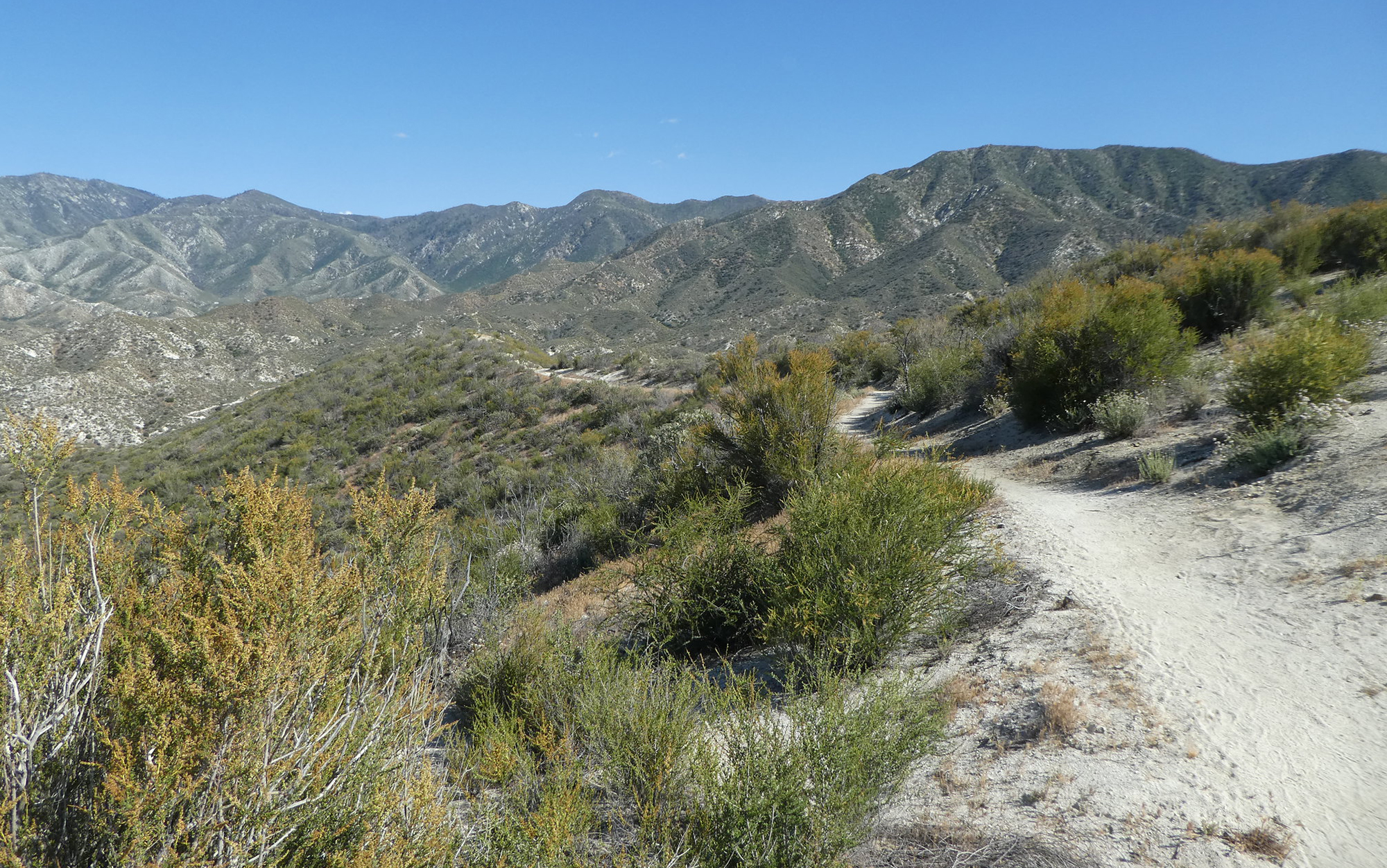
There are many training plans out there that you can review, but it all boils down to one thing: You need to walk. A lot. Preferably in the shoes you will be thru-hiking in. Carrying weight on your back would be best. Trails are fine, but the most important thing is just to walk a lot. Most people find that the best way to accomplish this is by integrating walking into their daily life (i.e., walking to work).
Check out Blaze Physio’s Pre-Trail Prep material for more insights and ideas.
While we typically think of training as being about building muscular strength, in the case of a thru-hike it’s more important to strengthen your joints. Putting a load on your back and hiking upwards of twenty miles a day for five months frequently leads to stress injuries, some of which can force people off the trail.
Planning a Pacific Crest Trail Hike
There is a wide variety of approaches to planning for a Pacific Crest Trail hike, from virtually none beyond securing a permit, packing your gear for the first few days, and getting to the trailhead, to planning out every campsite in advance that you plan to sleep at and every meal you will eat on trail.
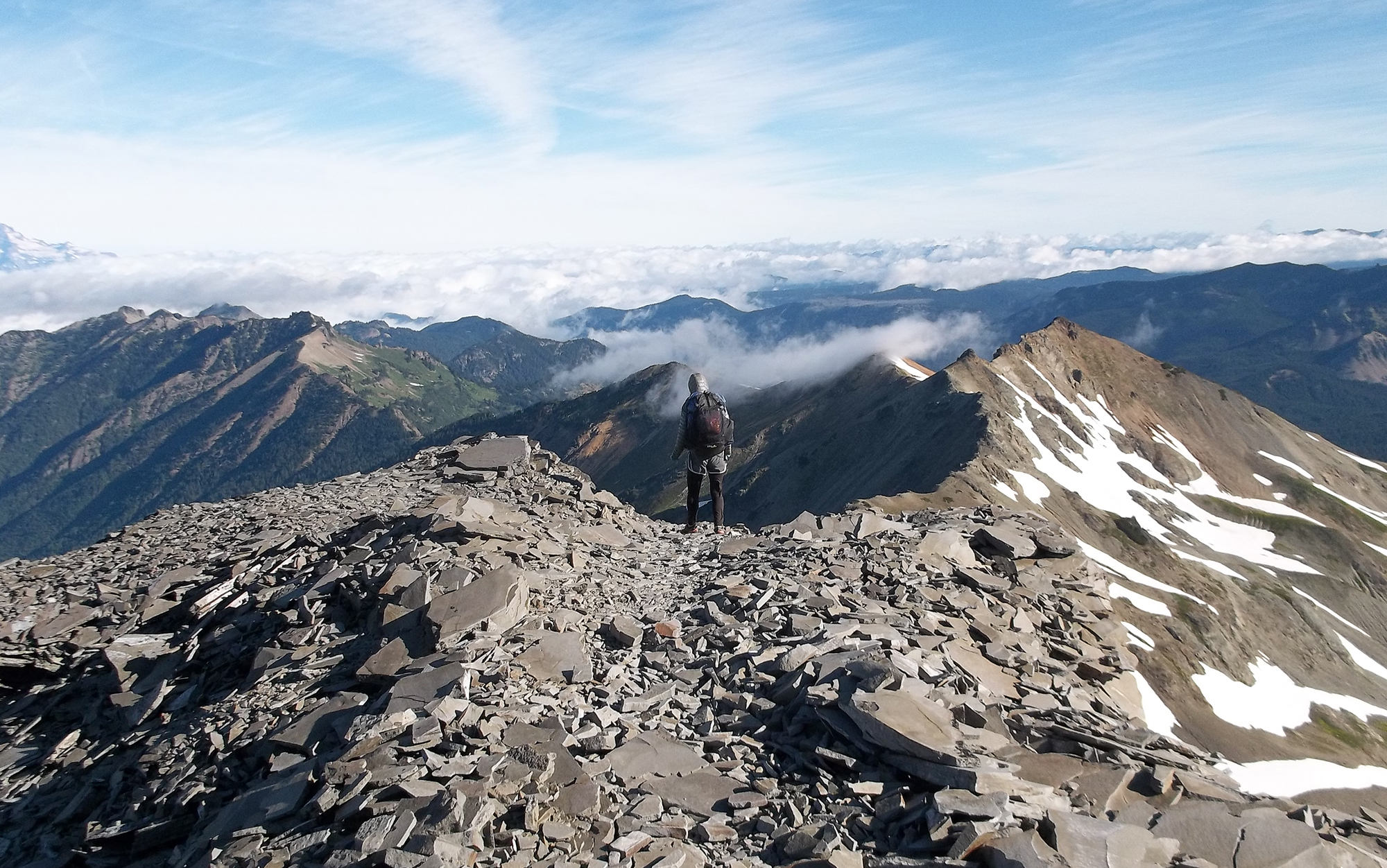
While both ends of this spectrum will be too extreme for most people, there are many different strategies that people take when planning their thru-hike. And, despite all the articles, comments, and posts dictating the best planning strategy, they are all fine. It’s fine to do virtually no planning for your Pacific Crest Trail hike beyond the first fifty miles. It’s also fine to send out two dozen resupply boxes and create a timetable for your hike. Both strategies have proven successful for thru-hikers in the past, and you should feel comfortable proceeding with the one that feels right for your needs and temperament. Whichever you choose, be open to speaking with people on trail about their experiences and plans, and learning from them as you go.
Pacific Crest Trail Maps and Guidebooks
In recent years, the practice of carrying paper maps on the PCT has fallen out in favor of navigation apps, especially the Far Out Guide. Even if you do plan to use paper maps, the FarOut app is an invaluable resource as hikers post regular updates on water availability in Southern California to it. Another option for PCT hikers planning to use navigation apps is to download a GPX or KMZ file directly from the PCTA.
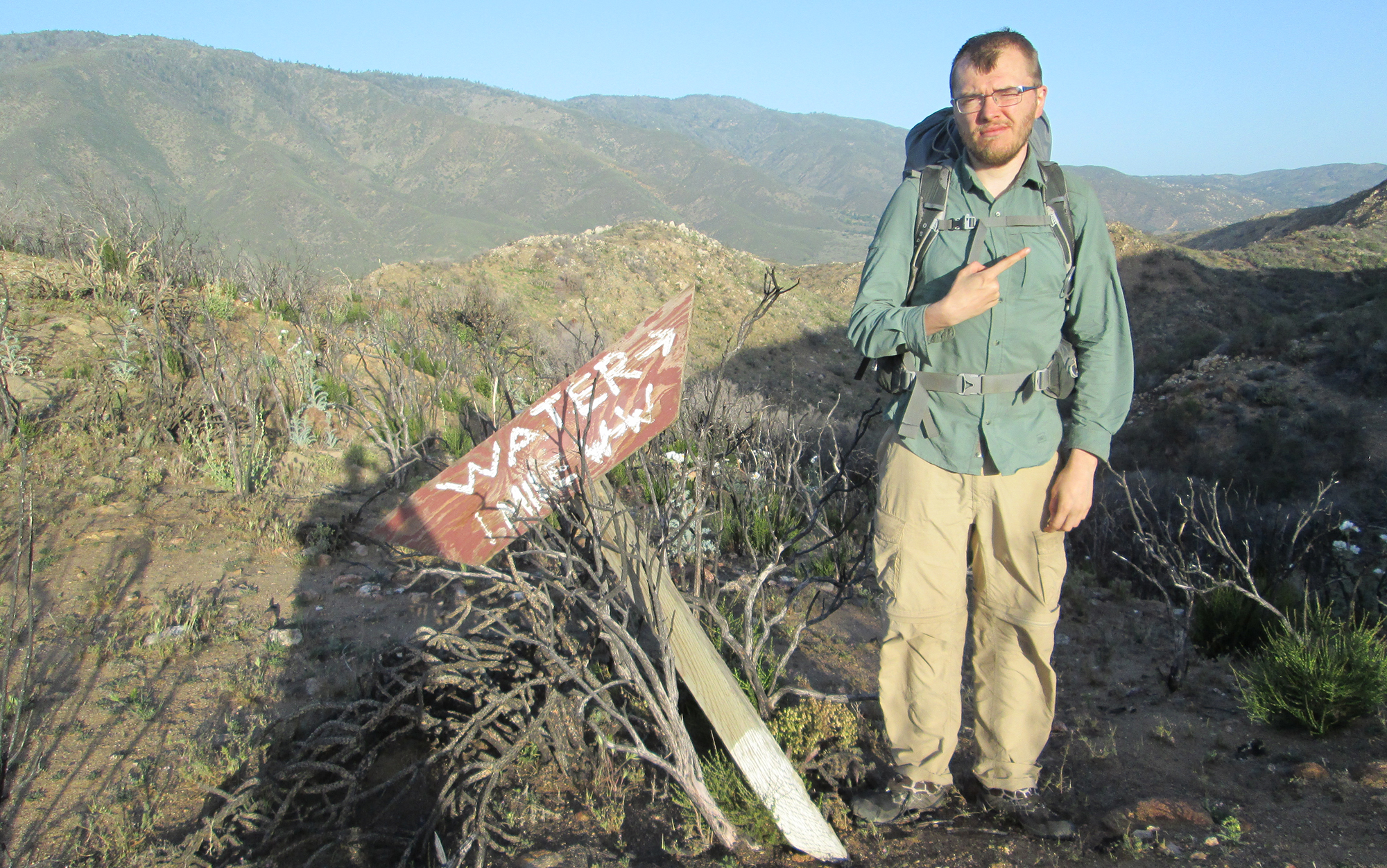
The most comprehensive maps of the PCT are based off of data collected by Halfmile, and published through National Geographic. While paper maps are always a good idea, if you are planning to hike the PCT alone or in the off-season they are especially important to have. Halfmile also publishes his data separately as a free download, for hikers that would rather have Trail Notes.
Other useful resources include:
- Pacific Crest Trail Association
- Online resource for everything from permits to trail closures
- Yogi’s Handbook
- PCT planning and prep guide that is particularly useful for planning your resupply strategy (currently out of print)
- Long Trails: Mastering the Art of the Thru-Hike
- A beginner’s guide to transitioning from backpacking to thru-hiking
- Halfway Anywhere
- An internet resource that touches on many aspects of trail life, including an annual thru-hiking survey
Food
Over the course of five months, you’ll need to stop periodically to pick up food. Fortunately for today’s Pacific Crest Trail thru-hikers, there are many towns on or close to the trail that can assist with this, either by holding onto food boxes (called resupply boxes) that you have mailed to yourself in advance or by carrying the food that thru-hikers prefer in local stores.
More ink has been spilled on the utility of sending out resupply boxes versus buying as you go than any other subject in thru-hiking. In the pro resupply box camp, you can have more control over what is or is not a part of your diet (especially at stops with limited resupply options), you can reduce the amount of time spent on your feet during your zero days, and, for Type A hikers, you can quiet the inner voice in your head demanding you account for as many variables as possible. In the buy-as-you-go-camp, you’re more likely to purchase foods you actually want, it’s easier to adjust your hiking schedule, and it’s generally a lot less of an expense and hassle. Most hikers will choose a hybrid strategy, mailing food to the most remote resupply locations with limited food options and choosing to buy as they go in towns with more typical grocery stores. I’m not going to add to the debate here, other than to say that whichever method you choose will be right for you, and to not get too distracted by everyone else’s strong opinions in this area.
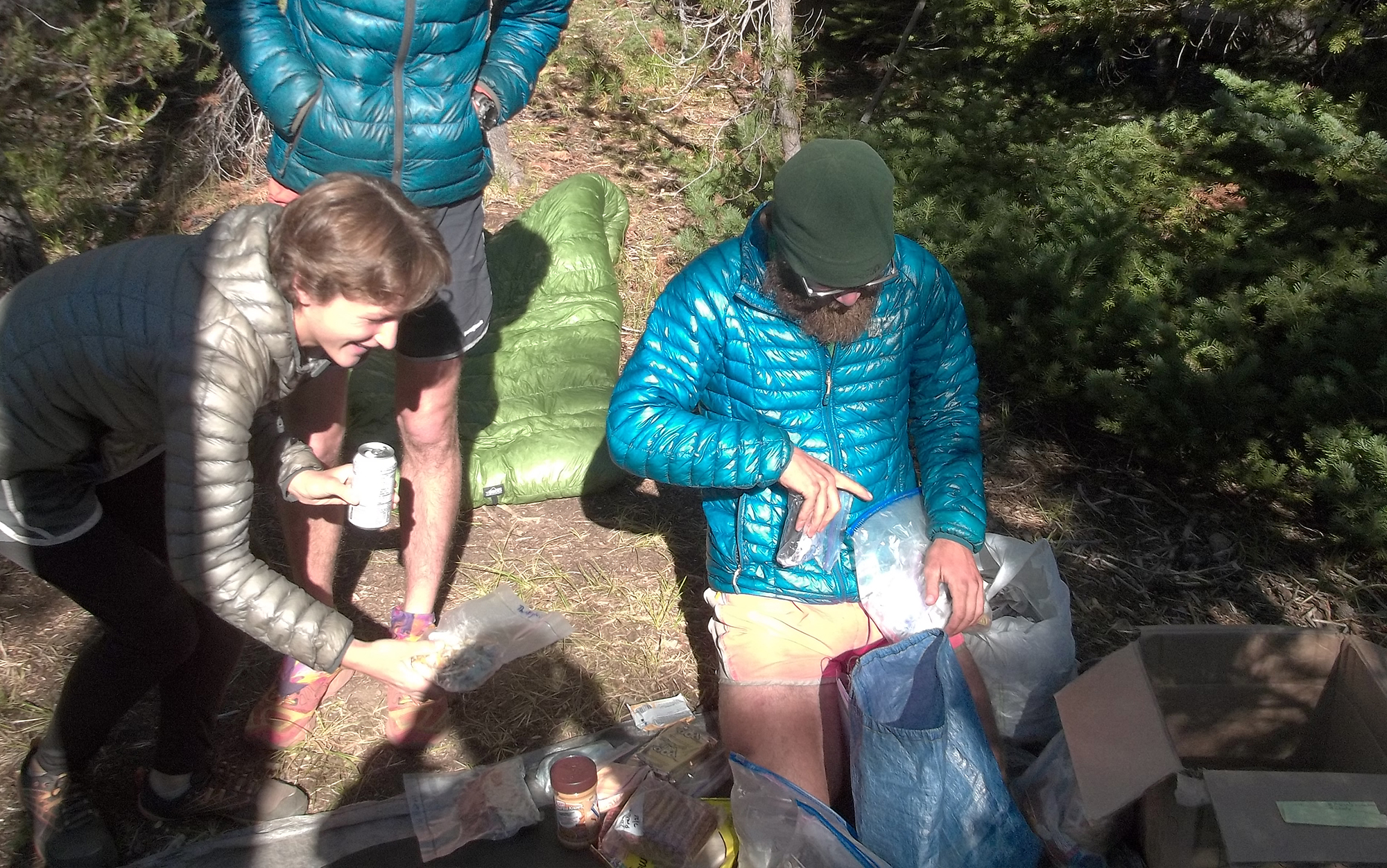
While the temptation on a thru-hike is to really embrace the joy of burning through 4,000 to 6,000 calories a day by eating a non-stop diet of junk food, it is also important to get fresh fruits and vegetables into your life as often as you can. Get a salad with that burger when you are in town. Grab some fruit to go with your carton of ice cream. And eat plenty of fresh foods in advance of your hike: Your body will function at peak performance for longer if you start out as far ahead as you can. But definitely also eat a lot of calorie-dense foods (including junk foods, if that’s what you want), as aiming for an average of 100 calories per ounce is essential for reducing your overall pack weight.
Thru-hiker, trail angel, and nutritionist Brenda Braaten has written extensively about how thru-hiking affects your nutrition needs in her must-read Pack Light, Eat Right article. One thing to note is that while thru-hikers will happily eat the best backpacking foods when available, it is typically cost-prohibitive to eat on a regular basis.
Read Next: Hiking the John Muir Trail
Gear
Lightweight and ultralight backpacking were popularized on the Pacific Crest Trail due to the need to travel quickly through some unusually challenging terrain. Over the last ten years, there has been a revolution in the gear available to hikers, and every year sees new innovations from new manufacturers, many of them the brainchildren of former thru-hikers. Some of the best gear available for thru-hiking the Pacific Crest Trail or other long trails is through Garage Grown Gear. It is not uncommon for aspiring PCT hikers to replace the majority of their backpacking kit in advance of their thru-hike attempt.
Read the Story: The Gear a Thru-Hiker Relies on After 11,000 Miles
Outdoor Life has also written extensively on our tests of the best ultralight and lightweight backpacking gear, all of which would be appropriate for thru-hikers on the Pacific Crest Trail.
The Big Three
Best Backpacking Sleeping Pads
Clothing
Best Thermal Underwear for Women
Best Hiking Underwear for Women
Other Essentials
Best Backpacking Water Filters
Water Filter Head to Head: Sawyer versus Katadyn versus Platypus
FAQs
The Pacific Crest Trail is 2,650 miles long.
It typically takes thru-hikers five months to finish the Pacific Crest Trail.
Every year, many aspiring thru-hikers begin the Pacific Crest Trail alone. Most will find other thru-hikers to hike and camp with in the first few weeks on trail, colloquially known as a “trail family.” Trail families are most common in the desert and High Sierra sections of the PCT. By northern California, most PCT thru-hikers are confident and experienced enough to hike alone without issue.
The most difficult part of the Pacific Crest Trail changes from year to year, depending on weather conditions. Typically, the most difficult sections are the High Sierra and Yosemite National Park sections in California and the North Cascades in Washington State.
If you are hiking north from the Mexican border, the best time to start is typically mid April. If you are hiking south from Canada, the best time to start is typically mid July.
There are essentially three categories of preparation you need to account for before a Pacific Crest Trail thru-hike: physical preparation (getting your body ready for the rigors of trail life), logistical preparation (getting together the gear and permits you’ll need to hike), and personal preparation (organizing your life such that you can take five months to hike).
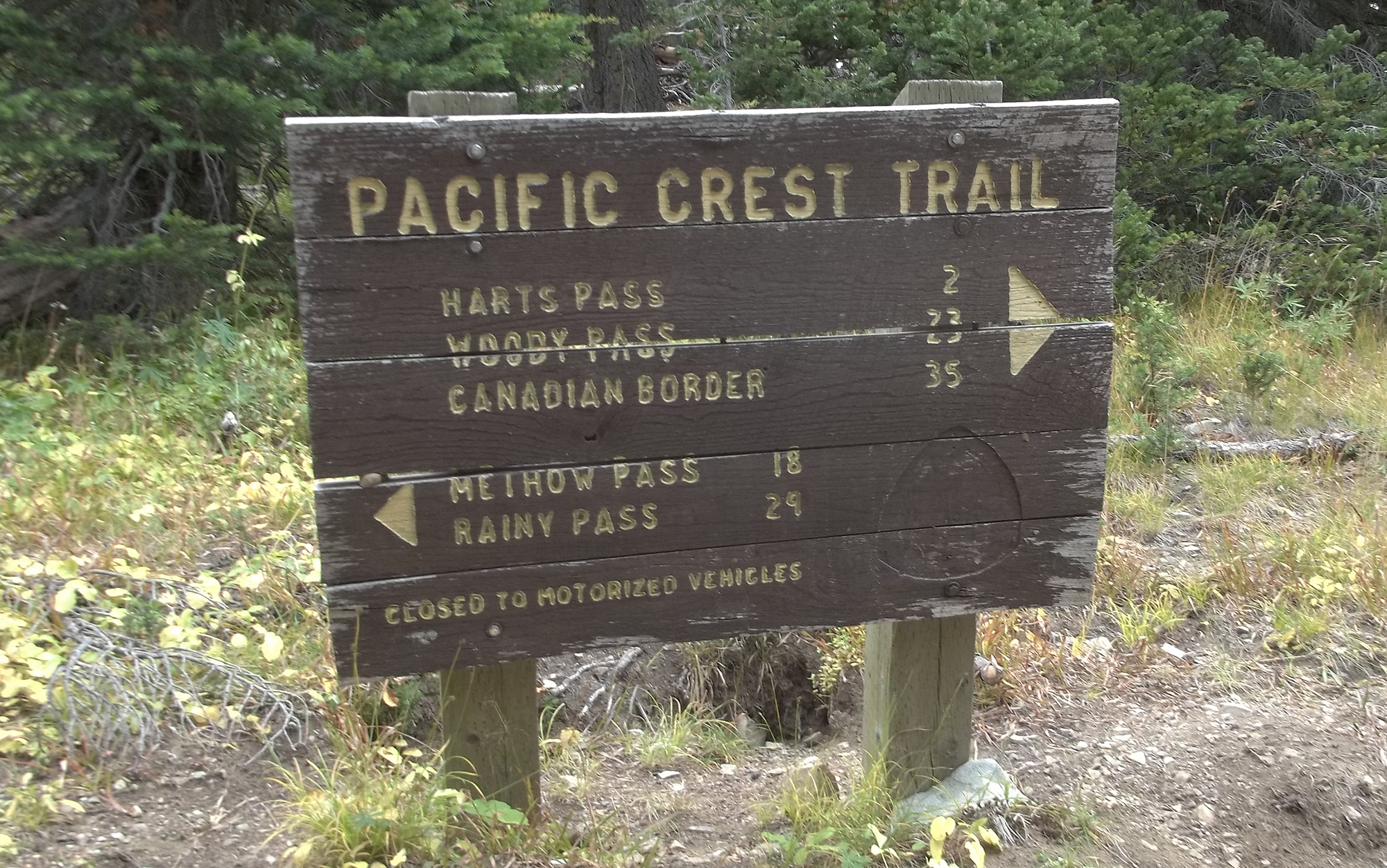
Final Thoughts on the Pacific Crest Trail
For many people, hiking the Pacific Crest Trail is the culmination of many years of planning and dreaming. Whether you’ve been thinking about hiking the Pacific Crest Trail for years or are just starting on a journey of discovery, these resources can help get you started on thinking about your hike.
